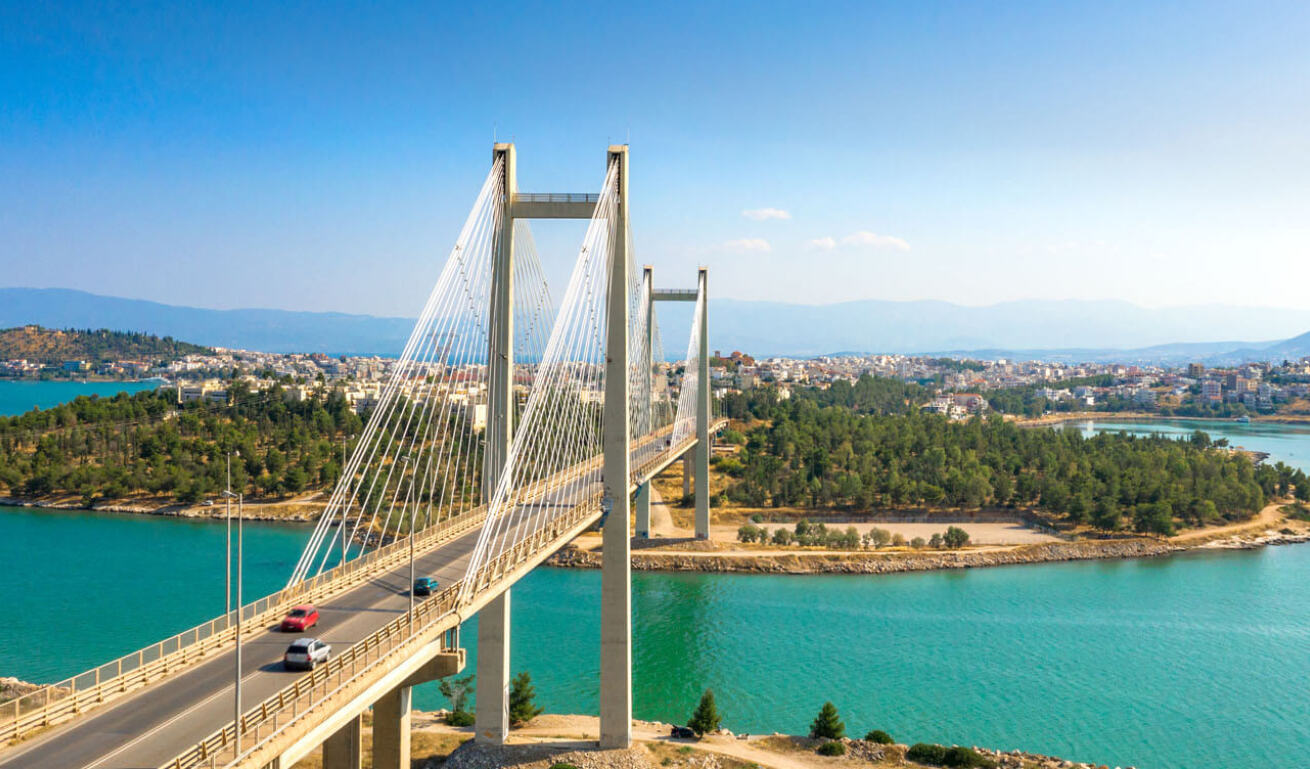
TRIANGLE OF SADNESS (2022)
Celebrity model couple, Carl (Harris Dickinson) and Yaya (Charlbi Dean), are invited on a luxury cruise for the uber-rich, helmed by an unhinged boat captain (Woody Harrelson). What first appeared instagrammable ends catastrophically, leaving the survivors stranded on a desert island and fighting for survival. Τhe movie has won the Palme d’Or at the 75th Cannes International Film Festival, four European Film Awards, as well as Golden Globe and BAFTA nominations.
DIRECTOR: RUBEN ÖSTLUND
FILMING LOCATION:
CHALKIDA














